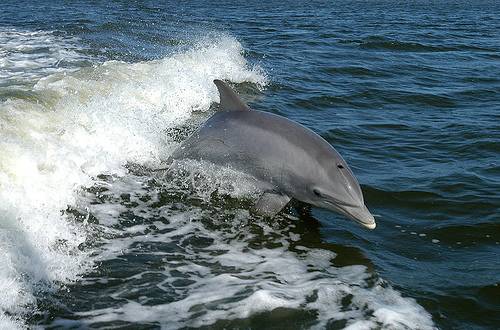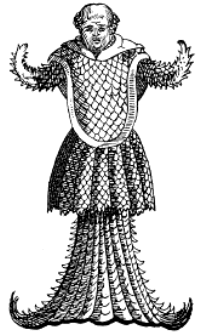On Oct. 21, 1978, 20-year-old Frederick Valentich was piloting a Cessna 182 airplane off King Island, Australia. About 45 minutes after taking off, he radioed air traffic control to report a large aircraft with four lights at about his altitude.
He said the craft had passed about 1,000 feet above him at very high speed. He described it as “a long shape” with “a green light” and said it was “metallic,” as though it were “shiny all over.”
“It seems to me that he’s playing some sort of game,” he said. “He’s flying over me two … three times at speeds I could not identify.” He reported that the object “vanished,” then said it was approaching again from the southwest.
A few minutes later he said, “Melbourne, that strange aircraft is hovering on top of me again. … It is hovering, and it’s not an aircraft.” Valentich’s radio microphone stayed open for another 17 seconds, during which air traffic controller Steve Robey heard “metallic scraping sounds” before the signal died.
No trace of Valentich or his plane was ever found.




